

Robert Engman (American, 1927-2018)
Iyengar, Variation 3
Bronze, mottled dark blue patina, polished edges
9 ⅜ H. x 9 W. x 5 ½ D. inches
Stamped on base: ENGMAN


Robert Engman (American, 1927-2018)
Single Circle, Variation 1
Bronze, mottled green-grey patina, polished edges
8 H. x 6 ¼ W. x 5 ½ D. inches
Stamped on base: ENGMAN / 43


Robert Engman (American, 1927-2018)
Two Squares and One Circle, Variation 2
Bronze, mottled green and light brown patina, polished edges
9 H. x 8 ¾ W. x 4 ½ D. inches
Stamped on base: 47 / ENGMAN

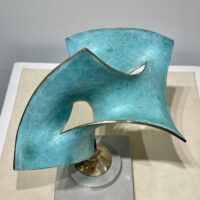
Robert Engman (American, 1927-2018)
Two Squares, Variation 7
Bronze, turquoise patina, polished edges
10 H. x 10 W. x 7 ¾ D. inches






Robert Engman (American, 1927-2018)
Single Circle, Variation 5
Bronze, black patina, polished edges
8 ¾ H. x 6 ¼ W. x 5 ½ D. inches
Stamped on base: ENGMAN no. 4/25
Stamped under base: R14 43
Robert Engman (American, 1927–2018)
Iconic, Variation 3 – Triune
Bronze, 10 ¼ H. x 8 ¾ W. x 6 ¾ D. inches
Edition of 25
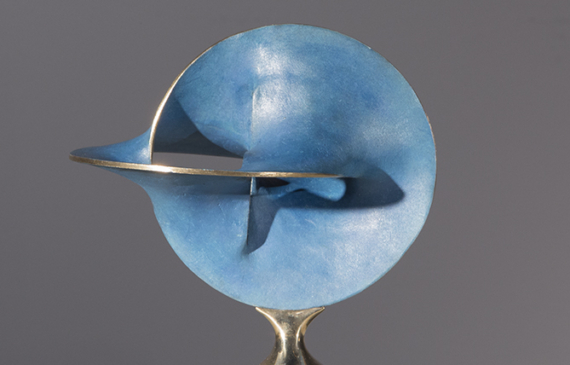
Robert Engman (American, 1927–2018)
Two Circles, Variation 2
Bronze, 8 ½ H. x 7 W. x 6 D. inches
Edition of 25
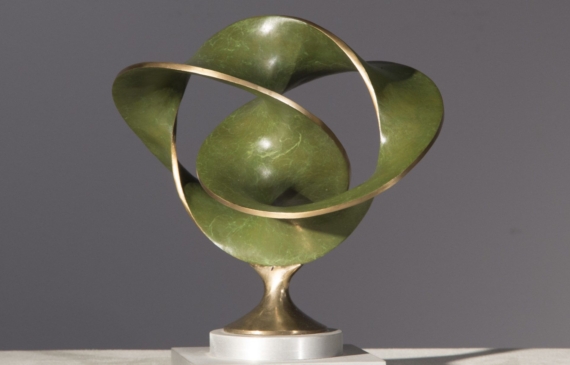
Robert Engman (American, 1927–2018)
Three Circles, Variation 3
Bronze, 8 ¼ H. x 8 W. x 5 D. inches
Hand scribed on sculpture by artist RE ‘03
Edition of 25
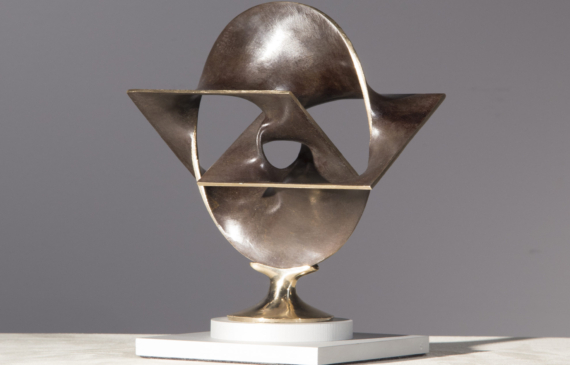
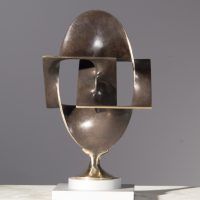
Robert Engman (American, 1927–2018)
Oval, Two Squares, One Circle
Bronze, 10 ½ H. x 6 W. x 4 ½ D. inches
Edition of 25
Robert Engman (American, 1927–2018)
Iconic “Mask,” Variation 2
Bronze, 8 ½ H. x 6 ½ W. inches
Edition of 25
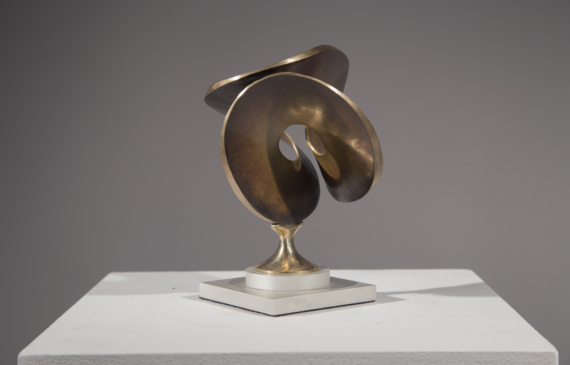

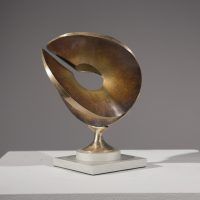
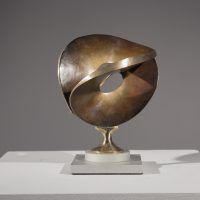
Robert Engman (American, 1927–2018)
Single Circle, Variation 2
Bronze, 9 H. x 6 ½ W. inches
Edition of 25
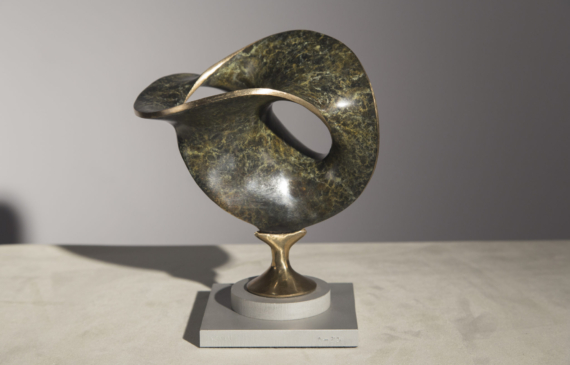
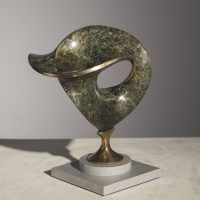
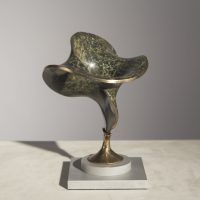
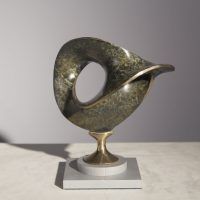
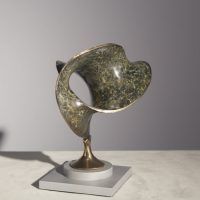
Robert Engman (American, 1927–2018)
Two Circles, Variation 13
Bronze, 8 H. x 7 W. inches
Edition Of 25
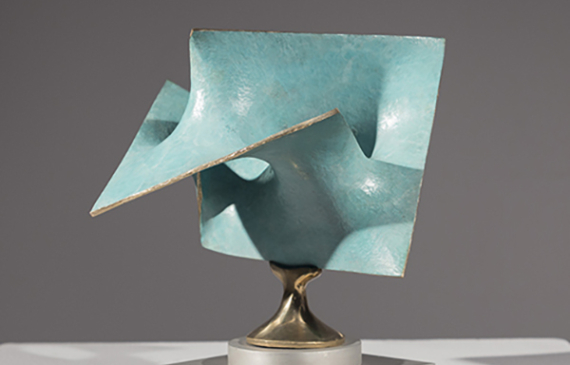
Robert Engman (American, 1927–2018)
Two Squares, Variation 8
Bronze, 8 H. x 8 W. inches
Edition of 25
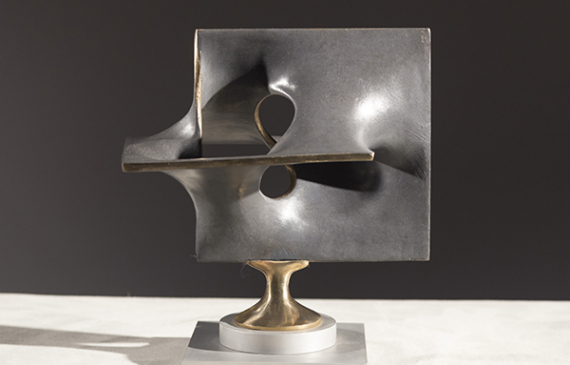
Robert Engman (American, 1927–2018)
Two Squares, Variation 2
Bronze, 8 ½ H. x 7 W. inches
Edition of 25
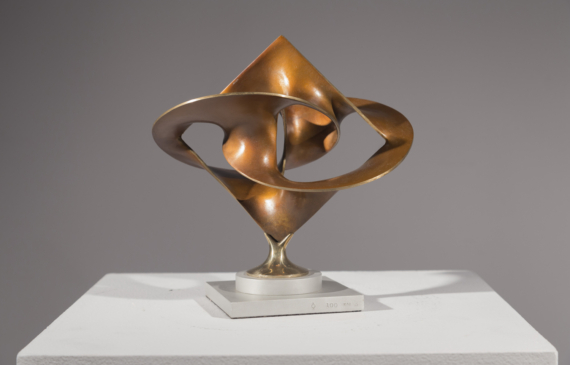
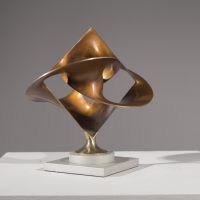
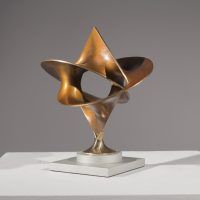
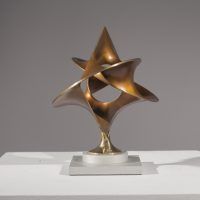
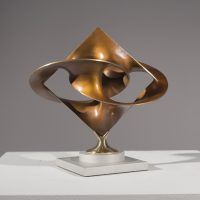
Robert Engman (American, 1927–2018)
Iyengar, Variation 3
Bronze, 9 ¼ H. x 9 W. inches
Edition of 25
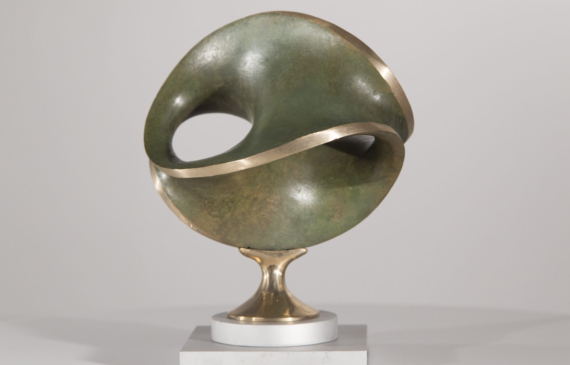
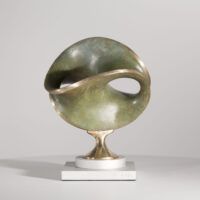
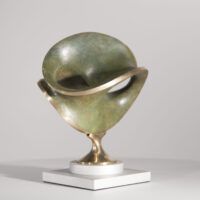


Robert Engman (American, 1927-2018)
Single Circle, Variation 1, 2014
Bronze, green patina, 8 ½ H. x 8 W. inches
Base: 4 ½ inch square
Stamped: ENGMAN
Edition number 4

Robert Engman (American, 1927-2018)
Three Squares, Variation 4
Bronze, turquoise patina
10 ½ H. x 12 W. x 8 D. inches
Signed and numbered: ENGMAN 4/25


Robert Engman (American, 1927-2018)
Three Squares, Variation 2
Bronze, mottled copper green patina, polished edges
8 ⅝ H. x 9 ½ W. x 5 D. inches
Label underneath: Michener Museum exhibition, no. 36


Robert Engman (American, 1927-2018)
Three Squares, Variation 4
Bronze, brown patina, polished edges
10 ¼ H. x 12 W. x 6 ½ D. inches
Stamped on sculpture: ENGMAN
Stamped on base: ENGMAN 18
Engman was born in 1927 to parents who had emigrated from Sweden. He joined the Navy at the age of 15, serving in World War II in the Pacific. He graduated from the Rhode Island School of Design with a BFA, and from Yale University with an MFA in 1955, in Painting and in Sculpture, where he studied with Josef Albers. Albers wrote of him: “Only a few independent ones were courageous enough to concentrate on the plane—the in-between of volume and line—as a broad sculptural concept and promise.”
Engman has taught sculpture at Yale University, and at the University of Pennsylvania (“Penn”).
Students collaborated with Engman to create the Peace Symbol (1967) sculpture which was installed in front of the Van Pelt Library at Penn in 1983.
One of his best-known sculptures, Triune (1975), stands at the southwest corner of Philadelphia City Hall. Another work, Kings (1975) is at 78th and Lindbergh Streets, also in Philadelphia.
In his work, he often explores minimal surface intersections of geometric forms. Others have been fascinated with the science and mathematics of such surfaces, including the late R. Buckminster Fuller.